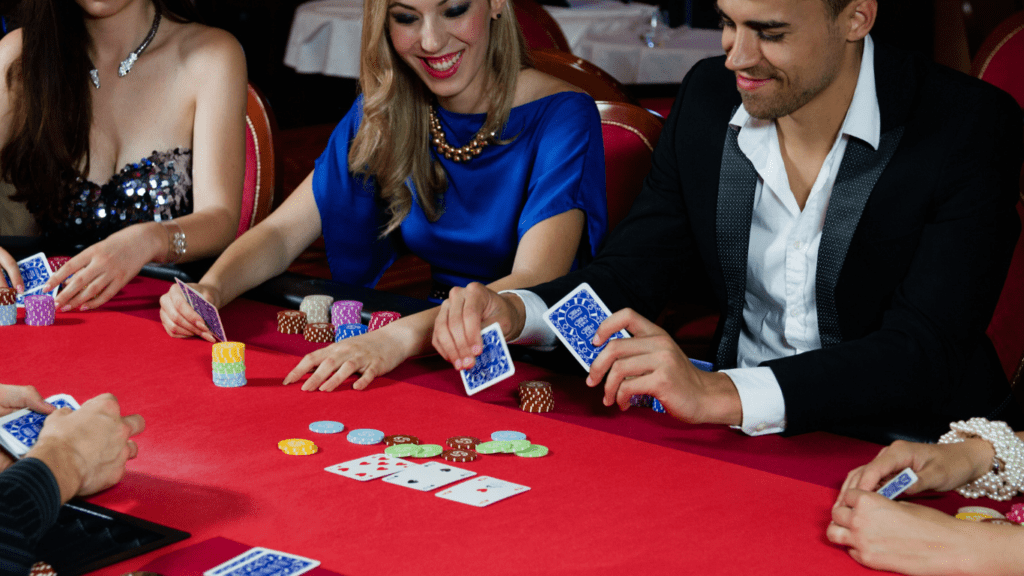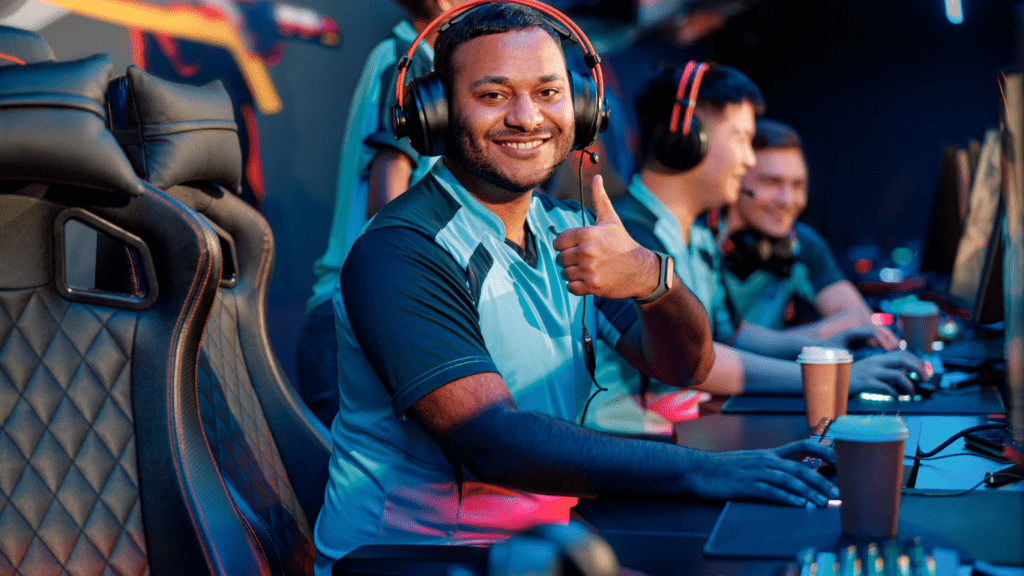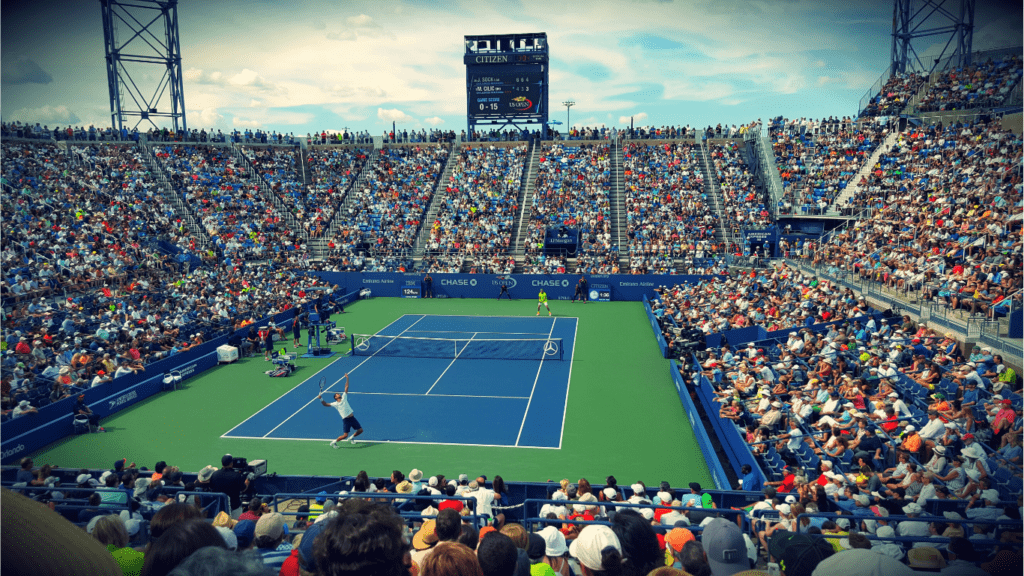Understanding Pressure in High-Stakes Tournaments
Pressure in high-stakes tournaments arises from a combination of expectations, competition, and personal goals. It affects both seasoned athletes and novices, challenging their emotional and mental resilience. Players often feel the weight of their ambitions and the eyes of spectators, which can lead to anxiety and affect performance. Understanding these dynamics helps in developing effective coping mechanisms.
External factors like media attention and audience reactions can amplify stress. Competitors face the dual burden of managing their game while also handling the scrutiny. Internal stressors such as self-imposed expectations and fear of failure further complicate the stress landscape. Acknowledging these pressures is crucial for devising strategies to navigate them efficiently.
Recognizing individual triggers is essential. Some players might experience increased heart rates or distracted thoughts under stress, impacting their focus and execution. Identifying these indicators allows athletes to anticipate pressure and employ techniques like deep breathing or visualization to maintain composure.
Mental Preparation Techniques
Effective mental preparation’s crucial for managing pressure during high-stakes tournaments. My focus turns to visualization and structured routines to enhance mental resilience and performance.
Visualization and Imagery
Visualization involves mentally rehearsing successful outcomes before they occur. I picture myself executing key moves, winning points, or responding well under pressure. Engaging all senses increases its effectiveness. Smelling the court surface, hearing the crowd’s roar, and feeling equipment’s weight makes scenarios vivid and realistic. By practicing visualization regularly, I build confidence and mental readiness, conditioning my mind to respond positively during actual events.
Developing a Pre-Competition Routine
A consistent pre-competition routine helps reduce anxiety and improve focus. Establishing rituals provides a sense of control and familiarity. I start with light physical warm-ups, followed by stretching to ease muscle tension. Incorporate mental cues like repeating motivational phrases or listening to specific music playlists. This routine sets the right mindset, ensuring that I remain centered and composed as the tournament begins. By fine-tuning these rituals over time, I tailor them to what effectively calms and concentrates my thoughts.
Physical Preparation Strategies

Physical readiness plays a pivotal role in managing tournament pressure. Proper fitness and diet keep athletes agile and energized.
Importance of Physical Fitness
Maintaining physical fitness builds endurance and reduces fatigue during crucial moments. Regular training improves overall stamina, allowing athletes to perform optimally under stress. Engaging in cardiovascular exercises like running or swimming enhances lung capacity and heart health. Strength training, including weightlifting and bodyweight exercises, augments muscle resilience, supporting quick recovery post-event.
Nutrition and Hydration Tips
Balanced nutrition supports sustained energy levels, vital for intense competitions. Consuming a mix of:
- carbohydrates
- proteins
- fats
before and during tournaments provides necessary fuel. Complex carbohydrates like whole grains sustain energy, while proteins like lean meats aid muscle repair. Hydration is critical; athletes should drink water and electrolyte solutions to avoid dehydration. Monitoring fluid intake ensures optimal performance and mental clarity.
In-Competition Stress Management
Managing stress during high-stakes tournaments is vital for optimal performance. Effective strategies can help maintain composure and focus under pressure.
Breathing Exercises
Breathing exercises can significantly reduce stress levels during competitions. I find that diaphragmatic breathing, involving deep inhalations and slow exhalations, calms my nerves and lowers my heart rate. Practicing this technique before and during a match helps me stay grounded and focused. Box breathing, which includes inhaling, holding my breath, exhaling, and pausing for equal counts, is another method I use to regulate anxiety and enhance my concentration.
Staying Focused Under Pressure
- Staying focused requires a combination of mental and physical strategies to overcome the intensity of tournaments.
- I concentrate on my current task instead of the outcome to reduce distractions.
- Setting small, achievable goals keeps me motivated and maintains my attention on the present rather than the pressures ahead.
- I avoid external stressors by tuning out negative thoughts or crowd reactions.
- Listening to calming music during breaks or using positive affirmations are effective methods I’ve employed to maintain mental clarity throughout the competition.
Post-Competition Recovery
Effective recovery after high-stakes tournaments plays a crucial role in maintaining long-term performance and mental stability. Post-competition recovery involves more than just physical rest; it encompasses reflection and relaxation to optimize well-being and future performance.
Reflective Practices and Evaluation
Analyzing performance after a tournament helps identify areas of strength and opportunities for improvement. I review recorded footage and scrutinize statistical data to gain insights into my performance. Constructive feedback from coaches and peers provides an objective perspective on my actions. Writing personal reflections in a journal captures my thoughts and emotions experienced during the tournament. Patterns in these reflections often identify specific triggers of pressure or highlight strategies that were effective.
Importance of Rest and Relaxation
Adequate rest is vital to recharge the body and mind after intense competition. I prioritize sleep, ensuring I get at least 7-9 hours to facilitate muscle repair and mental recovery. Engaging in relaxation activities like meditation, yoga, or leisurely walks helps reset my mind. These activities relieve stress and restore balance, fostering resilience for future competitions.





